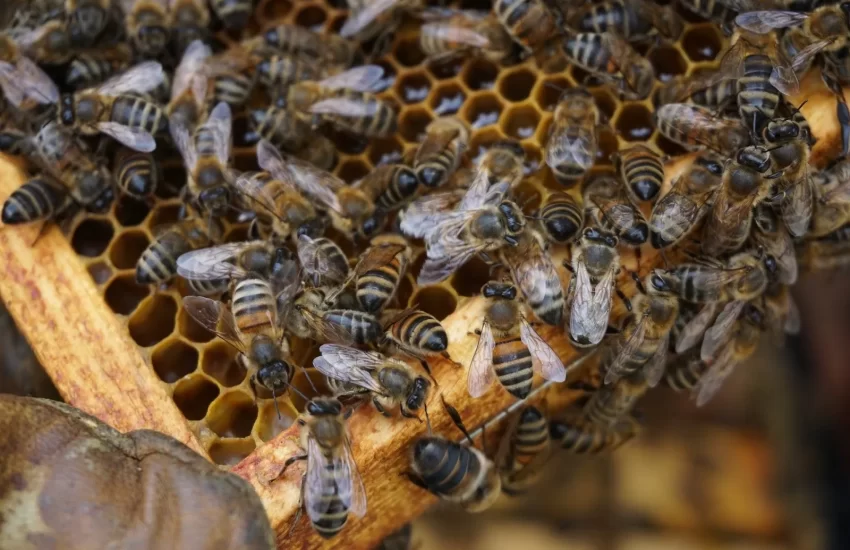Why do beekeepers remove the queen?
Her royal highness, the queen bee, is the star and heartbeat of the hive. All the other hive inhabitants work tirelessly to support her egg-laying productivity. While the worker bees have the potential to raise a new queen and eliminate an unproductive one, a beekeeper can act ahead of them. The colony takes about 29 days to replace the queen and take over the laying duties. A beekeeper will take a few days to replace a mated and productive queen. They buy queens from queen breeders, or they can raise them for their colonies.
Similar Articles you may like to read –
Do I have to buy a queen bee to start a beehive?
How much money is a queen bee worth?
How many queen cells should you leave?
How to requeen a beehive? When The Queen Dies
Why do beekeepers remove the queen?
Some beekeepers remove and replace the queen bee after every twelve months other than waiting for the colony to do it. Not all bee colonies will consider replacing a queen on time when her productivity starts to reduce. Requeening colonies yearly mainly happens with commercial beekeepers. This is because, after a year, she starts laying fewer and fewer eggs. This reduces the strength of the hive dramatically.
The replacement is done every spring. They remove and kill the old queen and replace them with young ones. This keeps the colonies as strong as possible for optimum honey production. Most young queens don’t swarm, which is also a plus for the beekeepers. A beekeeper can also remove and replace the queen when they want to change the genes of their hive. For instance, if you have African bee genes in your hive, you would like to change to less aggressive bees.
How do l introduce a new queen bee into the hive?
A new queen is introduced into the hive in a queen cage. The cage protects her from the colony until the bees accept her scent. After staying in the cage for a few days, her pheromones spread through the colony, and they get used to her. Once accepted, she can now be removed from the cage.
Why do beekeepers use queen excluders in their hives?
A queen excluder is a perforated sheet that is placed between the brood chamber and the honey supers. The openings are big enough for workers and drone bees to pass through but small for the queen. They can be made from plastic or metal. It restrains the queen bee into the brood chamber to prevent her from laying eggs in the honey supers. When left on her own, she can lay eggs wherever she pleases. When the conditions are favorable, she can also decide to extend her egg-laying prowess into the supers and frames intended for honey storage. The presence of brood in the honey supers means a beekeeper will take extra care when harvesting honey. A queen excluder should be placed in the hive in early spring and removed in late fall. While setting it, ensure the queen is below it. When the queen is confined in the brood box, it is also easier to find her during inspections.
More articles you may like to read –
How to Identify the Queen Bee
Do bees leave the hive if the queen dies?
Are queen bees born or made?
How Many Times Does A Queen Bee Get Mated?
Why do beekeepers clip the wings of the queen?
Honeybees possess four wings: 2 forewings and two hind wings. The forewings are larger and provide more propulsive powers to the bees while flying. Queen clipping entails removing a third to a half portion of one fore wing using a sharp pair of scissors. This process impairs the ability of the queen to fly. It helps to stop a colony from swarming. In swarming, half of the colony flies away with the old queen to look for a new nest. Since she cannot fly, a beekeeper will easily locate the swam and crush their plans. They cannot fly away without the queen and will most likely go back to the old hive.



